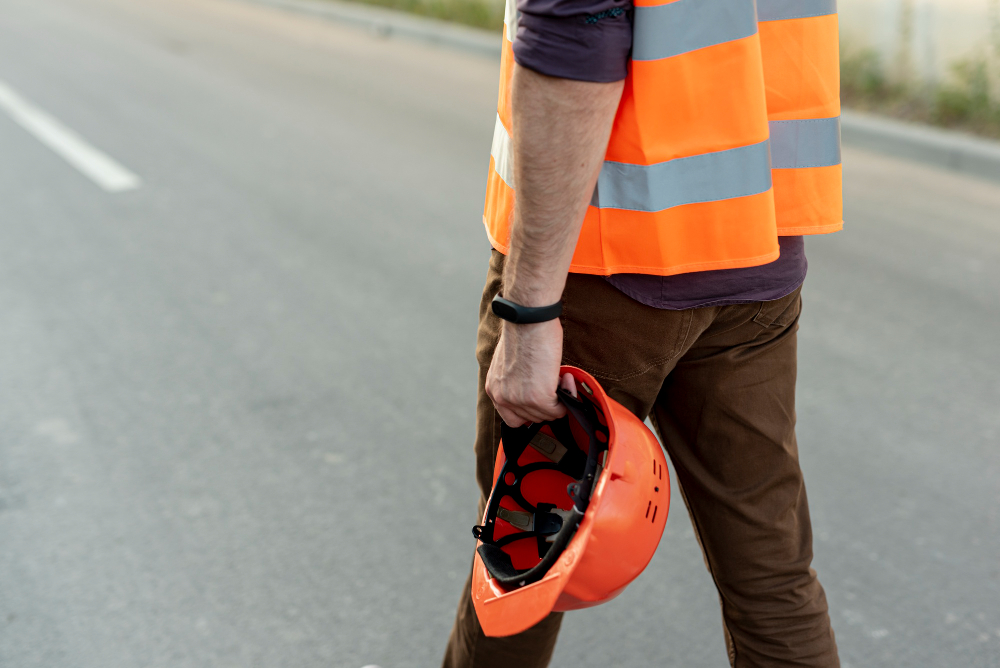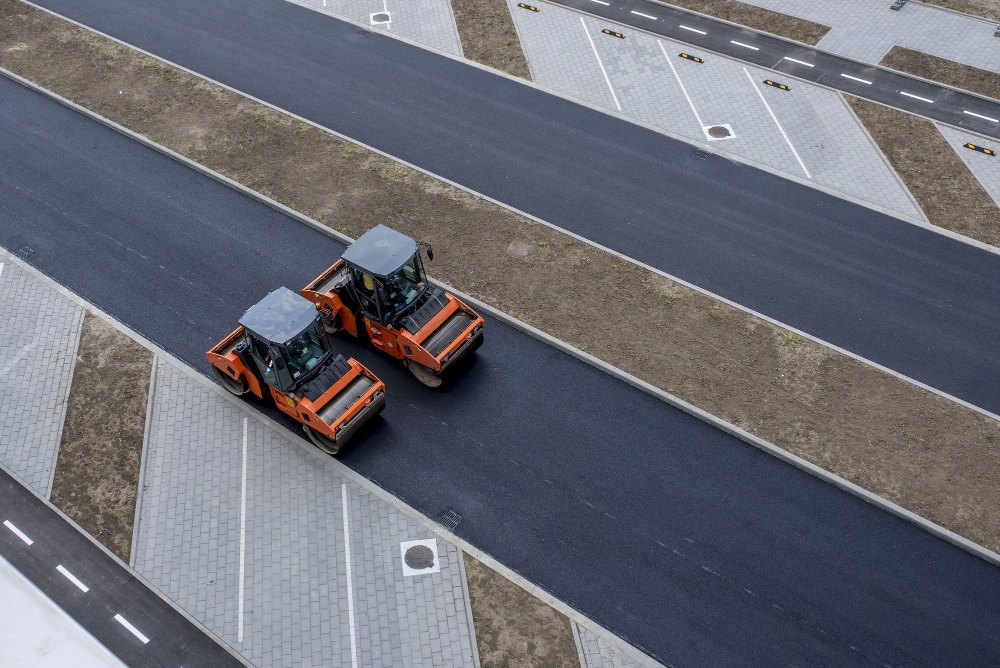How Road Resurfacing Makes Roads Last Longer

Maintaining roads is crucial to driving safely. Road resurfacing not only improves driving conditions but also extends their lifespan.
Resurfacing is often less costly than reconstructing badly damaged roads, and periodic resurfacing can extend their expected life by decades.
Construction methods and equipment required depend on the structure of the pavement surface. Rough and fine surface treatments are both available.

Reclaimers
Reclaimers (also referred to as asphalt recyclers) help minimise waste and conserve resources by recycling existing road materials. These heavy equipment machines break down and pulverise old pavement into usable material for road construction, thus decreasing the amount of new asphalt needed and making for easier application of the new surface. Reclaiming can also improve durability while prolonging a lifespan, saving money in the process.
Reclaiming works best on roads damaged by severe weather and that have sustained extensive cracking. Reclaimed roads typically receive 1 1/2 to 2 inches of hot mix asphalt as repairs.
Asphalt milling begins the process by removing existing layers of road material using either hand, bulldozer, or Cat road reclaimers.
Once milling is complete, the contracting crew will reposition any utilities. Reclaimed material will then be mixed with the existing base in order to stabilise roadways that have become degraded over time. For added stability during pulverisation or separate mixing passes.
With stricter worker safety and wellbeing requirements coming into effect, contractors need equipment designed for comfort. Wirtgen road reclaimers with enclosed cabs offer maximum protection from sun-induced heat and UV rays, helping operators avoid fatigue on the jobsite and improving performance overall.
Hot-In-Place
Roadways with solid structural bases but cracked or brittle surface layers may be suitable candidates for hot-in-place asphalt recycling. This process involves heating and scarifying existing pavement, mixing it with recycled material, then paving over it with hot asphalt to form a more durable overlay than traditional road resurfacing techniques and repair severe damage. Hot-in-place asphalt recycling can last 15–18 years with minimum water penetration issues.
Pavement preservation is an essential activity to ensure a long and useful service life of pavement surfaces, prevent further deterioration, and limit major rehabilitation and reconstruction activities. To ensure optimal maintenance practises are being carried out, a pavement management programme should be in place that identifies and categorises distresses for treatment and prescribes them appropriately.
Hot-in-place (HIR) rehabilitative techniques provide a cost-effective, onsite rehabilitative method for degraded blacktop pavements. HIR can be implemented either as a one-pass operation or in multiple steps to provide full-range surface treatments, using much less asphalt cement than other repair methods and without traffic control restrictions or the need for traffic management. It helps maintain elevations and overhead clearances with its single-pass operations, as well as being economical with its time to completion compared with traditional resurfacing methods. The road resurfacing processes include surface recycling, repaving, and remixing as the three most commonly implemented processes by HIR processes.
Inlay
Inlay construction provides engineering optimisation for pavement reconstruction and replacement. Unlike structural overlays or full reconstruction, inlay strategies can be tailored specifically to each lane for inlay construction. Operations associated with inlay construction may include milling, placing concrete in situ, placing and finishing, and finally paving with new surface course material.
Milling involves the use of a specialised machine by contractors to remove small amounts of existing surface materials from roadways. The equipment can adjust its cutting depth accordingly in order to maximise removal based on road condition and project schedule and be reused as the base material for an inlay.
Before installing an inlay material on an existing surface, geotextile fabric coated with asphalt tack oil should be laid. This serves to protect it from moisture damage while simultaneously adding strength and tensile strength to the pavement. Afterward, an inlay mixture comprised of recycled aggregate and new bitumenous binder material should be spread onto it and compacted before compacting further.
A unit price per cubic yard is used to pay contractors for providing concrete mix materials, mixing, transporting, and placing operations, as well as placing and finishing operations on pavement. Contractors must use a grid system to record how much concrete was delivered as well as inlay thickness so as to receive proper payment for their services.
Overlay
Asphalt overlay is an economical method of restoring existing pavement, typically undertaken on heavily travelled roads with moderate to good conditions. Asphalt overlay can also act as a preventative measure until long-term road reconstruction or resurfacing projects can be undertaken.
If your asphalt surface is showing signs of wear due to cracks, ruts, or depressions caused by large vehicles, water damage, potholes, or any combination thereof, an asphalt overlay may be an ideal solution. Our paving experts typically suggest applying preservation overlays over an existing pavement in decent condition; however, prior to an overlay process beginning, it is wise to repair its foundation, as this ensures that new layers don’t collapse prematurely due to a lack of structural support for new layers.
Before applying new asphalt layers, contractors must install a base course of gravel as support to help support and prevent future issues with their sub-base, repair any soft areas of the sub-base, add a tack coat for better asphalt bonding with existing surfaces, then layer and compact their asphalt overlay.
Some asphalt surfaces may need to be milled before an overlay process can begin, especially if there is extensive surface damage that requires extensive grinding down to reach existing base and sub-base slabs.


